Related Topics
Captured Pads
Parker & Stephen dive into Circuit Break Discourse, LT3073 regulator, Weldestroyer updates, Box Truk progress, and more!
Don’t Let AI Brew Your Beer
Parker and Stephen discuss Chat GPT-3, a language processing AI system, and what it can mean for engineers and society.
Real Engineering for a Real Engineer
A decade after graduating college, Stephen finally did a differential equation for his job! That is some real engineering I tell you what.
Other Resources
Circuit Break Podcast
Webinars
Videos
Tour MacroFab's ITAR-Compliant Facility
May 12, 2021, Episode #276
Fake LM338 Voltage Regulators?
- X-RAY results
- Should we Xray legit LM137 and see if the XRAY matches?
- SCPI or Standard Commands for Programmable Instruments
- IEEE 488.2-1987
- Send command strings over serial to configure and get results from test equipment
- Test equipment mostly adhere to this with some weird gotchas
- COM port snooper / sniffer?
- Is there good software out there that can sniff the buffers / communication string between Windows and a hardware device?
- Is bad documentation worse than no documentation?
- “With no documentation you know immediately you’re fucked.”
- Bringing back the Tasty Chips segment – E-Z Hook Insulation Piercing Wire Clamp – 8507
- Spring loaded clamp that has teeth
- When you insert a wire the teeth slice into the insulation making contact
- Datasheet specifications are interesting to say the least!
- Max Current 1 AMP
- Max Voltage 0 V ?!?
- Covering the Amplifier
- Update on Parker’s Amp “refinishing” project
- Adventures in plastic molding
- Getting custom actuator parts injection molded
- First prototype parts got shot this week
- What to expect
- Provide model to company
- Initial review
- DFM report
- Release for prototype
- 5 to 6 weeks for the initial mold to be cut
- Prototype units are shot and sent for approval
- Second round of mold adjustments are cut – 2 weeks
- Second prototype units are shot and sent for approval
- Mold is sent to US
- Production is run
- Mold cost ~12k
- Half up front
- Remainder at time of delivery
- Includes all DFM and both prototypes
- Previous solution was about $35/unit
- New solution with dome snap switches and injection molded plastic is about $23 to $27/unit
About the Hosts
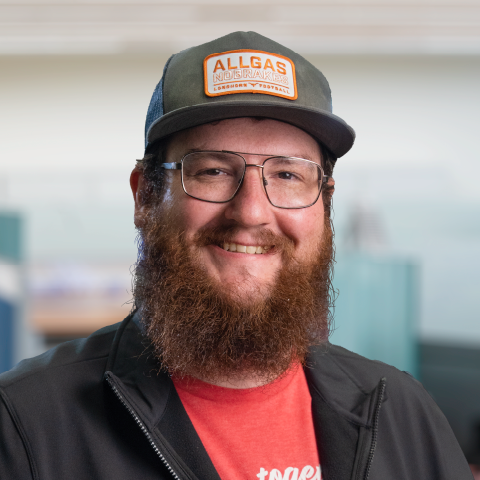
Parker Dillmann
Parker is an Electrical Engineer with backgrounds in Embedded System Design and Digital Signal Processing. He got his start in 2005 by hacking Nintendo consoles into portable gaming units. The following year he designed and produced an Atari 2600 video mod to allow the Atari to display a crisp, RF fuzz free picture on newer TVs. Over a thousand Atari video mods where produced by Parker from 2006 to 2011 and the mod is still made by other enthusiasts in the Atari community.
In 2006, Parker enrolled at The University of Texas at Austin as a Petroleum Engineer. After realizing electronics was his passion he switched majors in 2007 to Electrical and Computer Engineering. Following his previous background in making the Atari 2600 video mod, Parker decided to take more board layout classes and circuit design classes. Other areas of study include robotics, microcontroller theory and design, FPGA development with VHDL and Verilog, and image and signal processing with DSPs. In 2010, Parker won a Ti sponsored Launchpad programming and design contest that was held by the IEEE CS chapter at the University. Parker graduated with a BS in Electrical and Computer Engineering in the Spring of 2012.
In the Summer of 2012, Parker was hired on as an Electrical Engineer at Dynamic Perception to design and prototype new electronic products. Here, Parker learned about full product development cycles and honed his board layout skills. Seeing the difficulties in managing operations and FCC/CE compliance testing, Parker thought there had to be a better way for small electronic companies to get their product out in customer's hands.
Parker also runs the blog, longhornengineer.com, where he posts his personal projects, technical guides, and appnotes about board layout design and components.
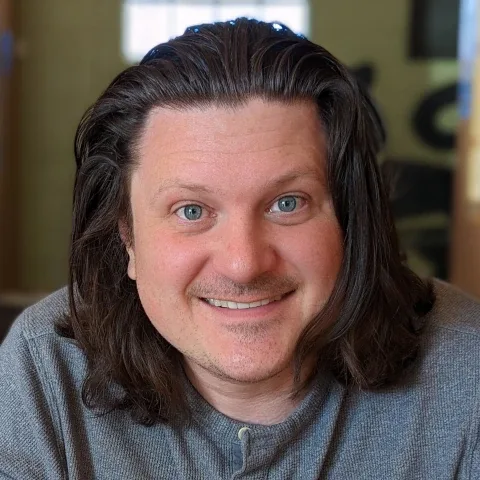
Stephen Kraig
Stephen Kraig is a component engineer working in the aerospace industry. He has applied his electrical engineering knowledge in a variety of contexts previously, including oil and gas, contract manufacturing, audio electronic repair, and synthesizer design. A graduate of Texas A&M, Stephen has lived his adult life in the Houston, TX, and Denver, CO, areas.
Stephen has never said no to a project. From building guitar amps (starting when he was 17) to designing and building his own CNC table to fine-tuning the mineral composition of the water he uses to brew beer, he thrives on testing, experimentation, and problem-solving. Tune into the podcast to learn more about the wacky stuff Stephen gets up to.
Special thanks to whixr over at Tymkrs for the intro and outro!
Related Podcasts
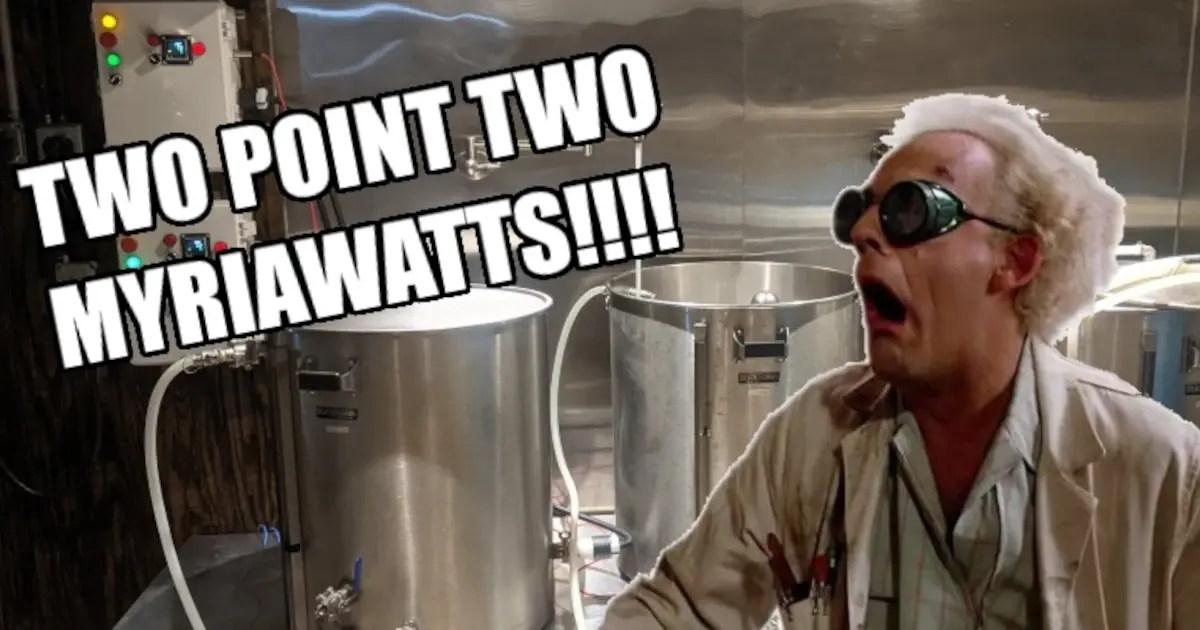
Don’t Worry About It
Right to Repair is going global and Stephen might have solved his injection molded component's void by tweaking the mold design.
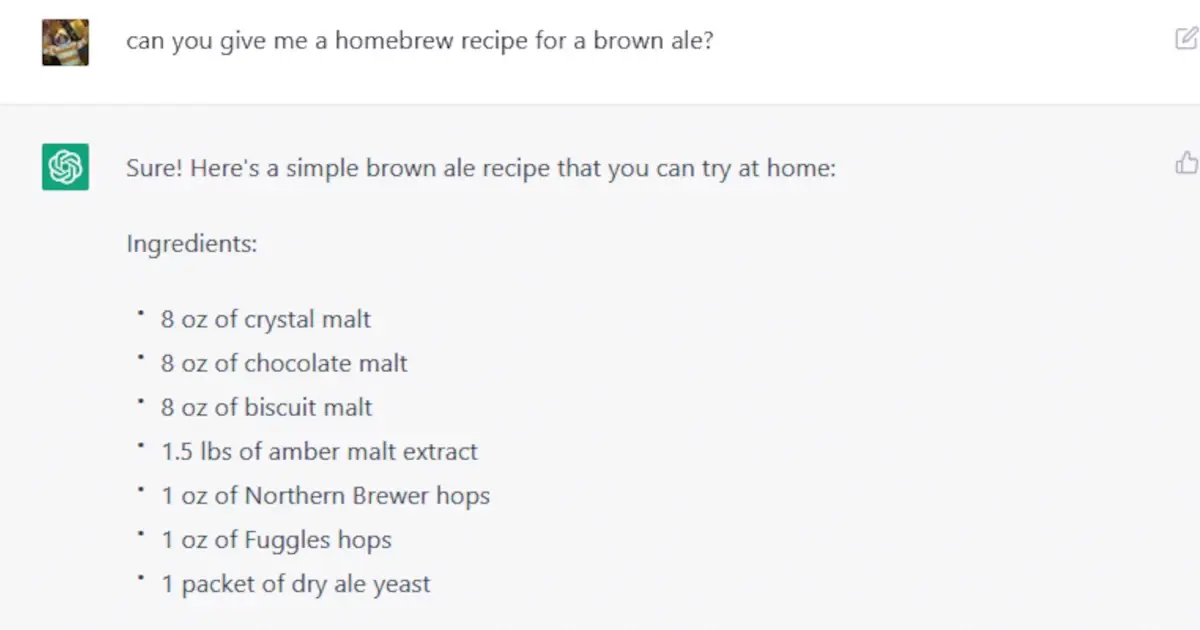
Don’t Let AI Brew Your Beer
Parker and Stephen discuss Chat GPT-3, a language processing AI system, and what it can mean for engineers and society.
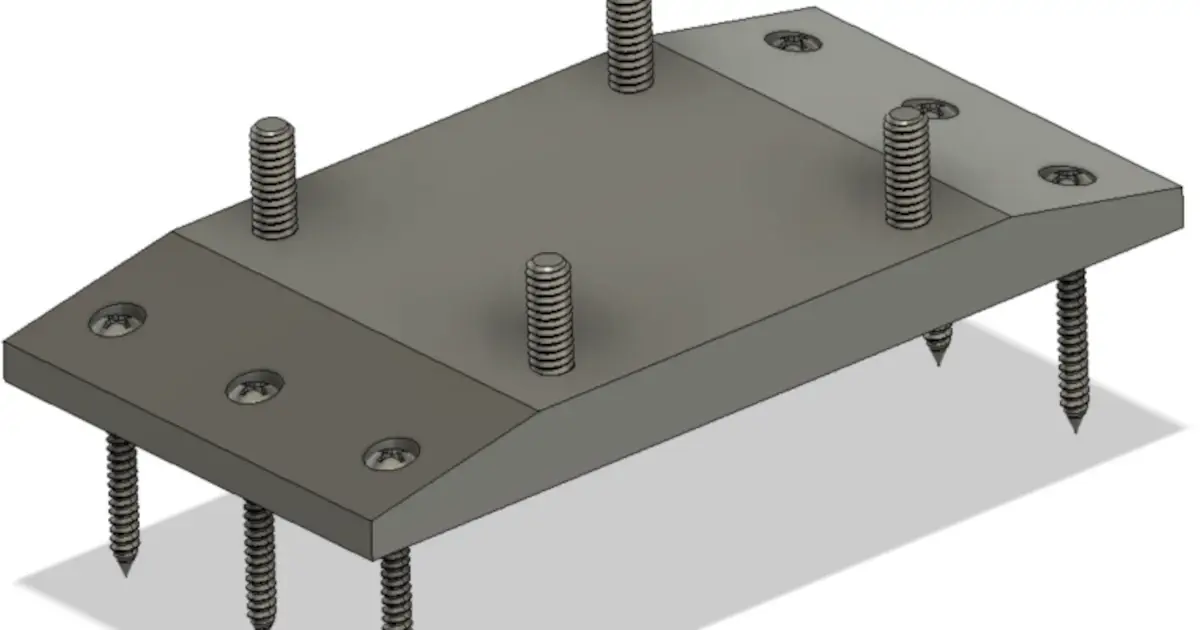
Just Another Meatloaf Title
Why are all Python PDF creator modules just terrible to work with? Does anyone have one they like? Help me. Oh and Stephen's CNC machine is moving!

Real Engineering for a Real Engineer
A decade after graduating college, Stephen finally did a differential equation for his job! That is some real engineering I tell you what.

Log Stepping Revision Control
How do you record and implement bodges and changes to your PCB layout? All at once or as you find them in your design? Parker and Stephen discuss.
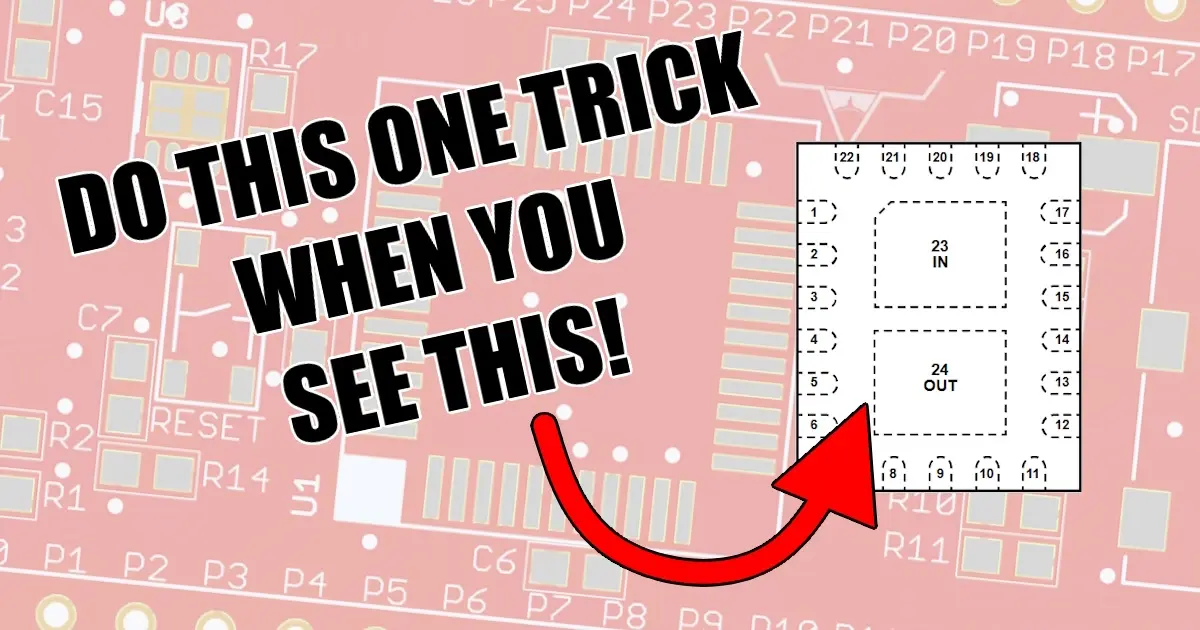
Captured Pads
Parker & Stephen dive into Circuit Break Discourse, LT3073 regulator, Weldestroyer updates, Box Truk progress, and more!
About MacroFab
MacroFab offers comprehensive manufacturing solutions, from your smallest prototyping orders to your largest production needs. Our factory network locations are strategically located across North America, ensuring that we have the flexibility to provide capacity when and where you need it most.
Experience the future of EMS manufacturing with our state-of-the-art technology platform and cutting-edge digital supply chain solutions. At MacroFab, we ensure that your electronics are produced faster, more efficiently, and with fewer logistic problems than ever before.
Take advantage of AI-enabled sourcing opportunities and employ expert teams who are connected through a user-friendly technology platform. Discover how streamlined electronics manufacturing can benefit your business by contacting us today.